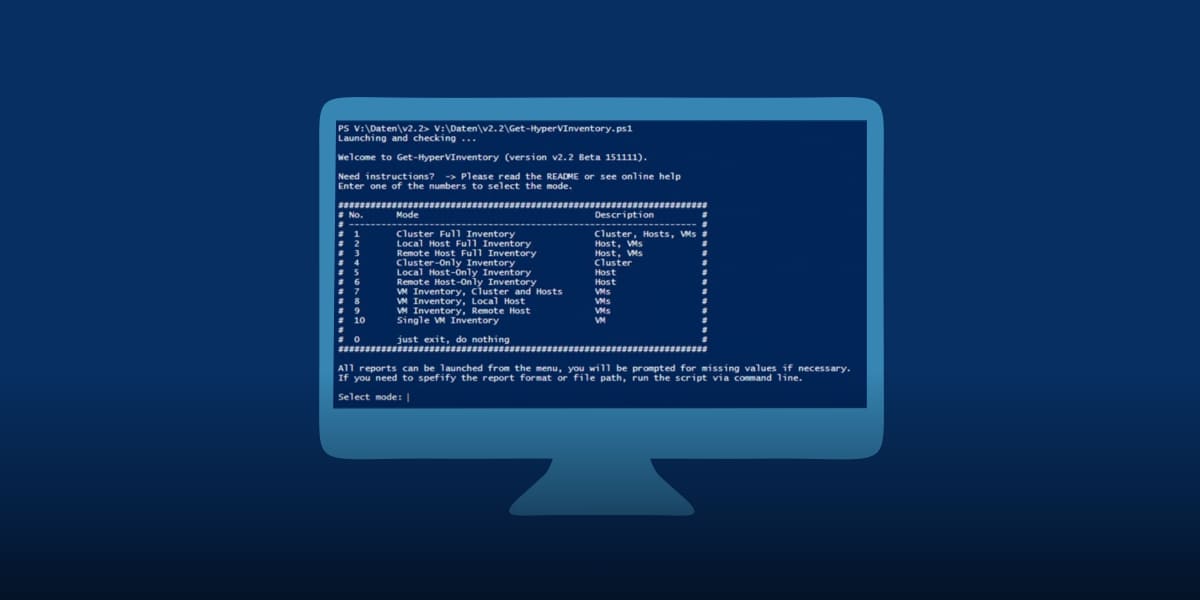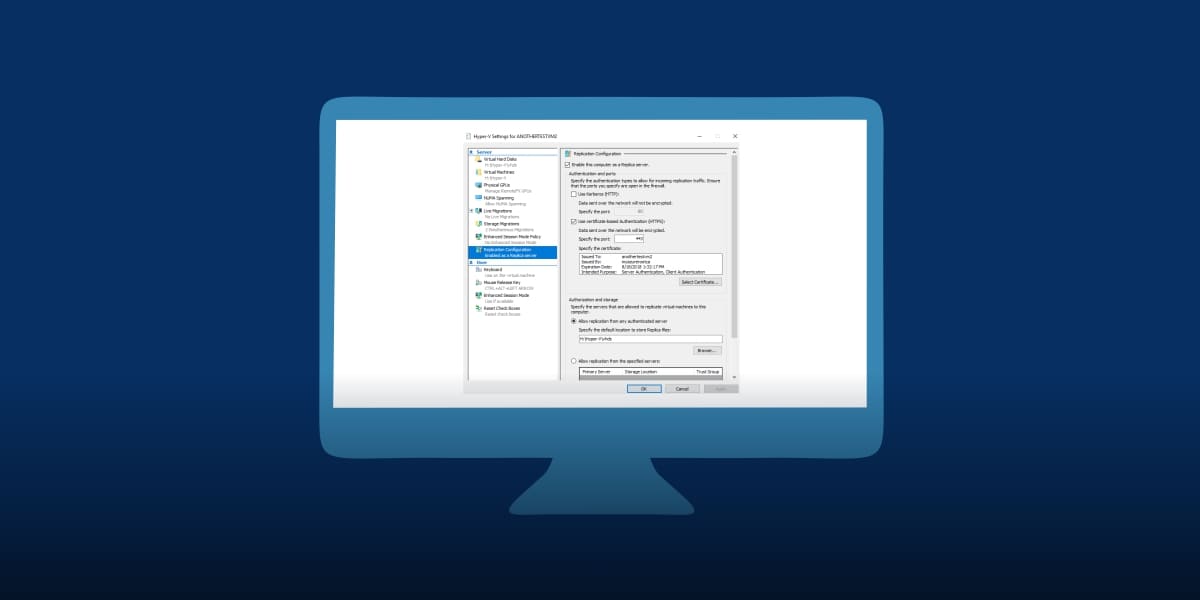If you use Microsoft Hyper-V every day, you may want to spend some time producing and analyzing reports. Reports can help you find where the virtualization software is lagging and how it’s behaving. Monitoring and reporting can help optimize virtual machines, especially if you run many of them on a single system.
What is Hyper-V? It’s virtualization software that specifically provides hardware virtualization. You can create virtual machines with different operating systems on a single desktop. Developers, network specialists, data specialists, and testers all use virtualization tools to run different OS on the same machine.
Now, there are basic reports that you can produce using Hyper-V tools. But for detailed reports regarding different aspects of the virtual machines, you’ll need a proper Windows Hyper-V monitoring tool, like VirtualMetric Hyper-V Monitoring Solution. Similarly, you may also need to use a tool to monitor the server hosting the VMs.
Five Important Microsoft Hyper-V Reports
While there are several different kinds of Hyper-V VM reports you can generate and use, these five reports constitute some of the most vital data, regarding the software’s performance and resource management.
Inventory Reports
Inventory reports can be useful for seeing the configuration of the VM at a glance. You can produce Microsoft Hyper-V inventory reports using a PowerShell script. You can write your own custom script or use the simple one generated by Microsoft.
Simply use ‘Get-HyperVInventory.ps1’ script to get these reports on a single Hyper-V client or host cluster. The inventory report can be either in plain text or HTML. It works on Windows 8 and higher and requires Windows Server 2012 or higher.
It gives you many inventory options to select from and pulls all the configuration information based on your selection. You can generate full inventory for the full localhost, remote host, cluster, as well as VM inventory for each, and just a single Hyper-V VM inventory.

In newer Hyper-V versions, there are new additions, including VM Groups, Shielded VMs, and Checkpoint type. There’s also a companion script for getting multiple reports at a time. You can also find out what’s new in the inventory.
Performance Reports
The performance report is perhaps the most crucial and should be reviewed often, even if you don’t have any problems with Microsoft Hyper-V. If you, in any way, improve the performance of the server and the VMs, then why not?
There are several ways you can go about getting a performance report for Hyper-V. Some people simply use Windows Task Manager to see how the software is performing. It goes without saying that this method has a lot of limitations. For instance, the statistics for both the parent and the child may not be super accurate.

Your best bet is to write a PowerShell script to generate a performance report. The ‘Get-CmInstance’ with proper performance counter classes can get you reliable data about the virtual server’s performance. You can also use it for getting a performance report for a single Hyper-V virtual machine.
Alternatively, you can use a Hyper-V monitoring tool to gauge its performance. If you’re facing storage latency, lagging VMs, and significant load increases, performance reports can help find the issue. It’s important to check performance reports from time to time, for all Hyper-V and specific virtual machines both.
Cluster Shared Volumes (CSV) Reports
Cluster Shared Volumes (CSV) were introduced in Windows Server 2008 for use with Microsoft Hyper-V. The different virtual machines in a failover cluster have access to the same disk, provisioned as an NTFS volume. So it’s easy for hosts to migrate the virtual machines, as they use the same storage.
CSV reports can help you optimize this environment of shared disk space. These reports contain important markers and performance statistics that may help identify potential or existing issues with Hyper–V clusters. It’s easy to get this report with the help of Hyper-V management tools rather than typing up a complex script.
Hyper-V Replica Reports
Hyper-V Replica reports can help point out issues with the Hyper-V replica tool. This tool should not be confused for backup, but it does play a vital role in recovery in case of loss. It basically replicates ready-to-use copies of the virtual machines. These copies may be used for recovery or migration to another data center.

You can set up the replica tool using Hyper-V Manager. But it doesn’t always update you regarding any errors with the replicas. Imagine learning that the system wasn’t replicating copies of your virtual machines successfully only when it’s too late? For this reason, you need reliable reporting on this particular front.
vHBA Reports
Virtual Host Bus Adapters or vHBA was a big feat for Microsoft Hyper-V when this feature was first rolled out. But if you’re using it, you must have noticed that managing it can be frustrating. It’s one of the more innovative Hyper-V Windows features but can sometimes cause problems too.

vHBA reports can help identify problematic virtual machines that may be overtaking the majority of the input/output streams. You can use a Hyper-V monitoring tool for producing and analyzing these reports. It can also help you see the vHBA inventory, including SAN Switch, WWNN, and WWPN.
It’s best to use a monitoring tool for this purpose as getting this information manually may be too complicated, even for experts, let alone rookies. These reports can make it incredibly easy to manage vHBAs, which, in turn, can improve the overall Hyper-V performance.
Conclusion
Any IT expert realizes the values of monitoring and reporting. It’s one thing to run virtual machines on a server, and another to optimize them. If you’re running Hyper-V for professional use, reports become all the more necessary. You can nip some issues in the bud even before they become serious.
You will need to write scripts for PowerShell to generate these reports and others like them, which can be quite a hassle. The best practice would be to write up the scripts and store them to reuse every time you need those reports. Even better would be to use a reliable Microsoft Hyper-V monitoring tool that offers useful reporting features.



Leave a Reply